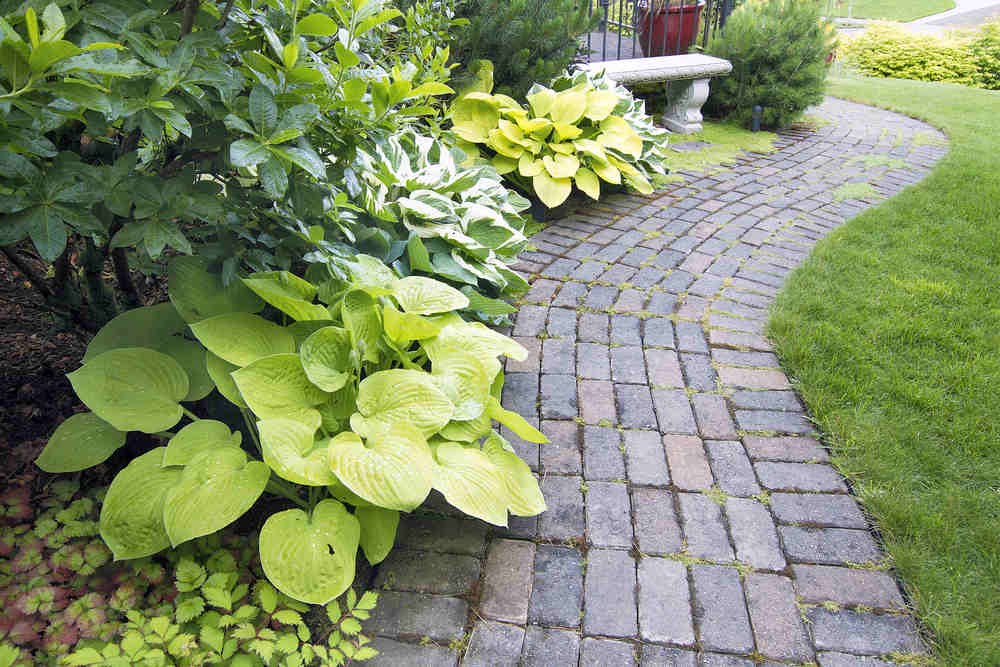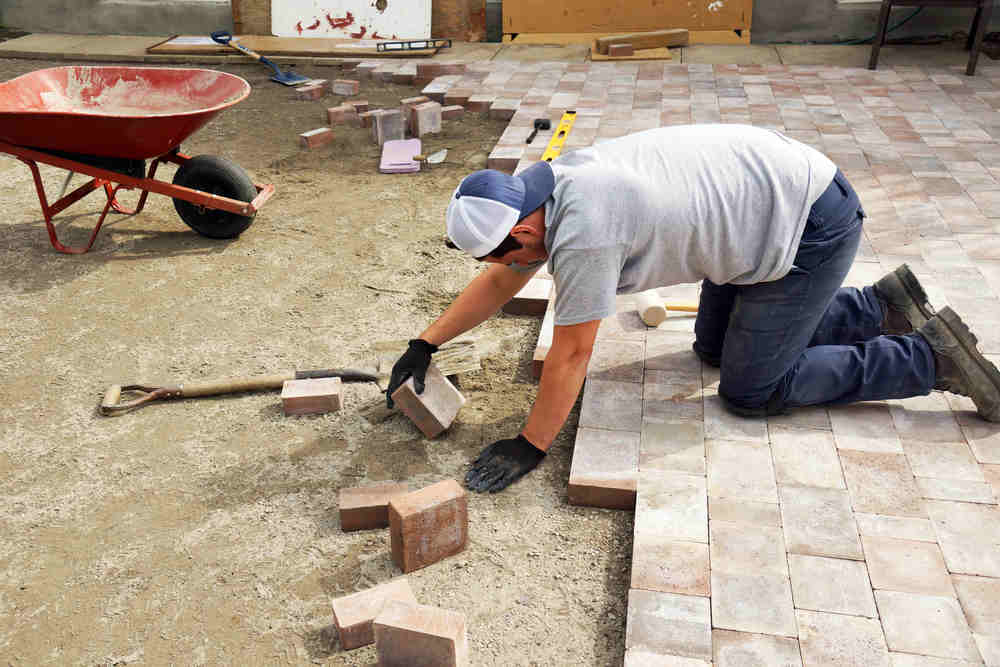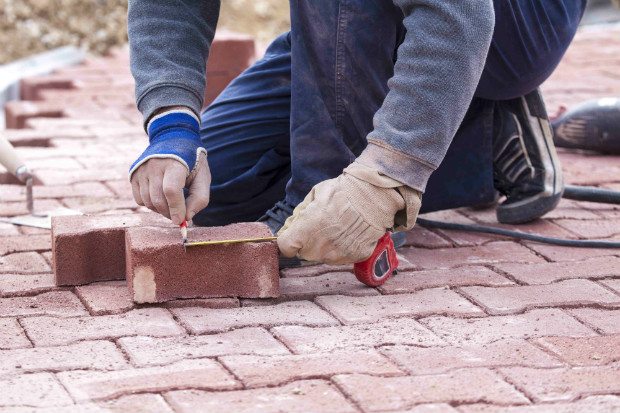Are you planning to install concrete pavers at your home? Do you want to know the best way to cut concrete pavers? If so, you have come to the right place.
Installing paving stones at your home will enhance the aesthetic appeal of your property.
Paving stones can improve the look and feel of your pool deck, walkway, driveway or patio when installed the correct way. Pavers are exquisite and long-lasting at the same time.
If you take care of your pavers properly, they will add charm to your property for many years to come.
Your walkway or patio will rarely have perfect dimensions. You may have to make some cuts and adjustments to the concrete paver to get them to fit properly on the walkway, driveway or patio.
Cutting pavers is an ideal job for concrete sawing specialists. There are many things to consider when cutting pavers.
This article provides information on some of the important guidelines for cutting pavers such as the following:
- Cutting pavers with a saw
- Cutting pavers with a hammer and chisel
- Rinsing off pavers using water
- Hiring a professional to cut Concrete pavers
Cutting Concrete Pavers With A Saw
Most people prefer to cut concrete pavers with a hand held saw. You will also need a workhorse for the project. A workhorse that has adjustable sides is the best for this type of job.
The saw blade should be made either with carbide or diamond-tipped edges. These are the best types of blades to cut through concrete pavers. Start with a light cut when cutting pavers.
Don’t penetrate the entire paver on the first run. You may need to proceed to the second or third cut to finish the project.
Cutting Concrete Pavers With A Hammer And Chisel
This is the old fashioned way of cutting concrete. It’s a simple technique that doesn’t require any power tools. This method requires elbow grease and may take some time.
Make sure you hit the right mark when cutting the paver so that you get a perfect fit. You should also wear protective equipment when cutting the pavers yourself.
Safety goggles are mandatory to protect your eyes during the process.
When it comes to marking your pavers, you need to scratch a line on the paver using a chisel. Hold the chisel against that line and hit the chisel gently with the hammer to mark the paver.
Rinsing Off Pavers Using Water
Cutting pavers will produce concrete dust which is harmful to your health and well-being. The best way to prevent or minimise concrete dust is to rinse off pavers with water.
Make sure you wear all the protective equipment such as eye goggles and face masks to protect yourself from the concrete dust that is produced during the cutting process.
That’s why paver cutting is best left for experienced professionals in the industry. They have the right tools and protective gear to protect themselves when cutting concrete.
Hiring A Professional To Cut Concrete Pavers
The best way to cut concrete pavers is to hire a reliable professional for the job.
When you are involved in a residential or commercial project, a professional contractor can do a much better job of cutting pavers made of concrete effectively.
Concrete cutting is laborious, time-consuming, and dangerous when you don’t have any experience in such work.
If you are looking for a specialist concrete cutting company who uses only the best practices to get the job done right, then please call us at Megasaw on 1300 920 419 or contact us through our website.

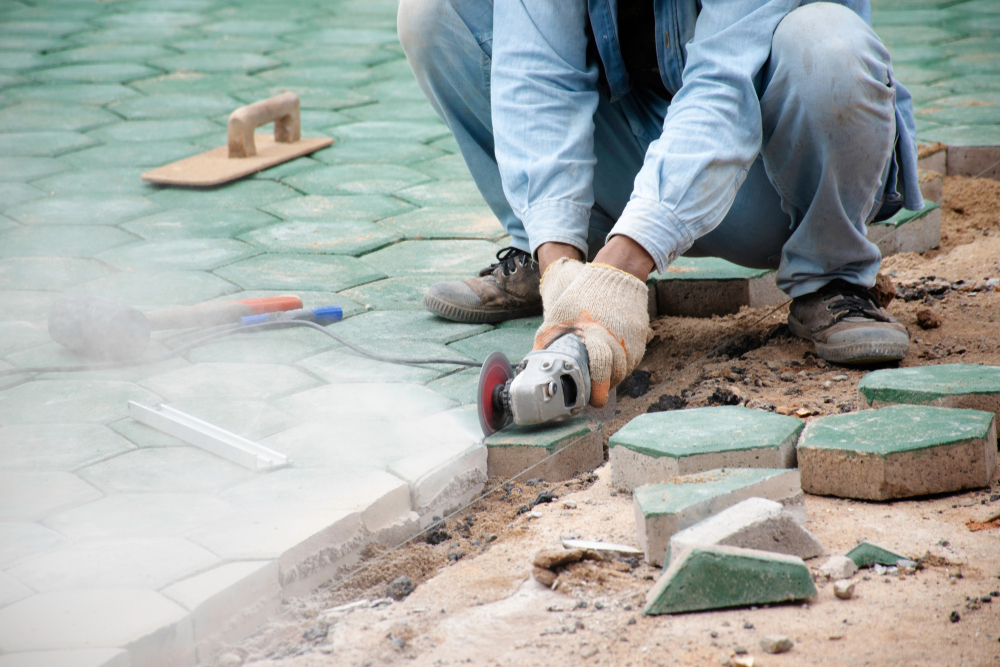
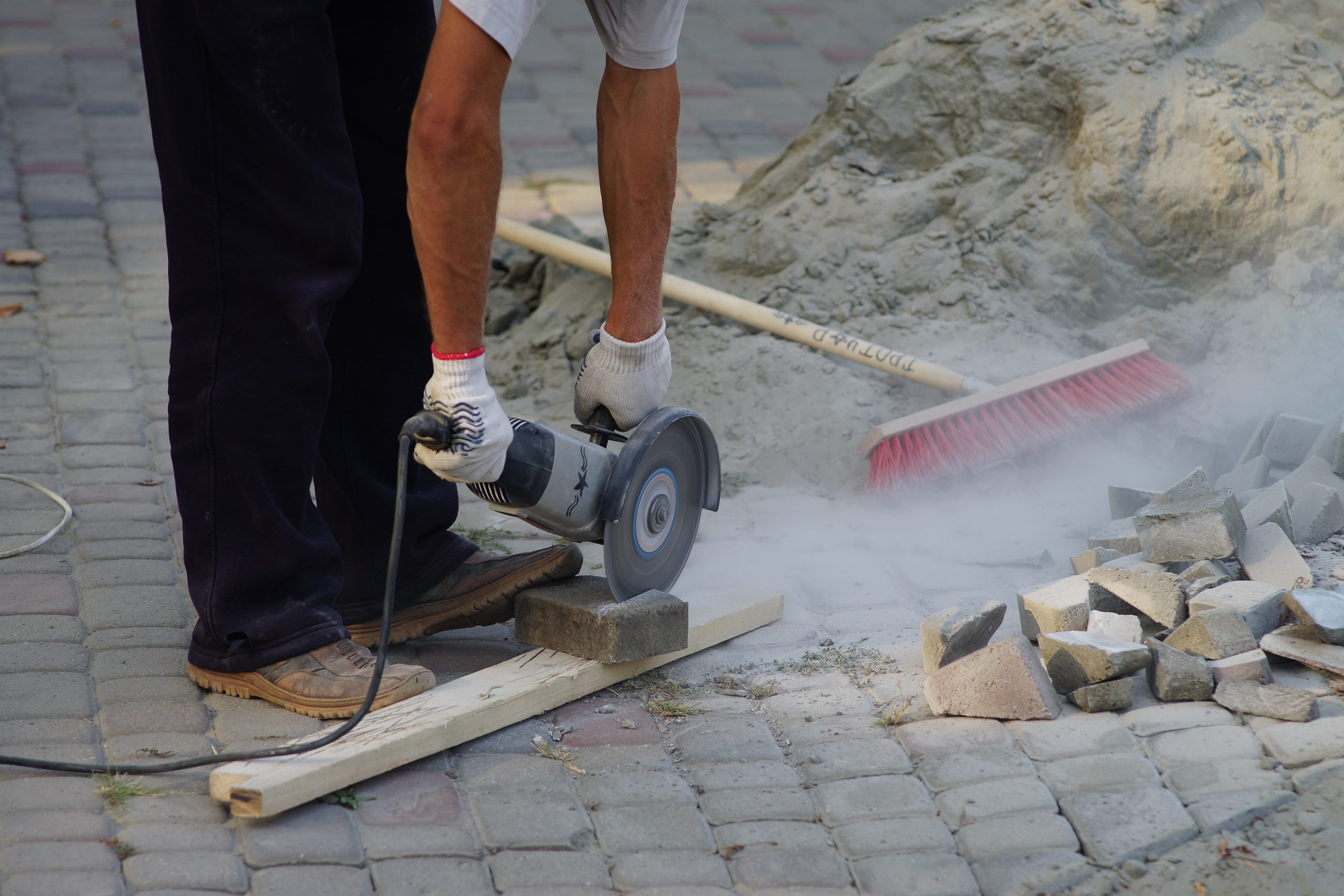
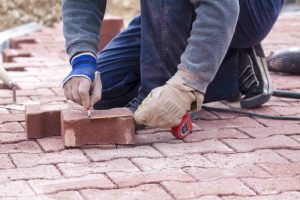
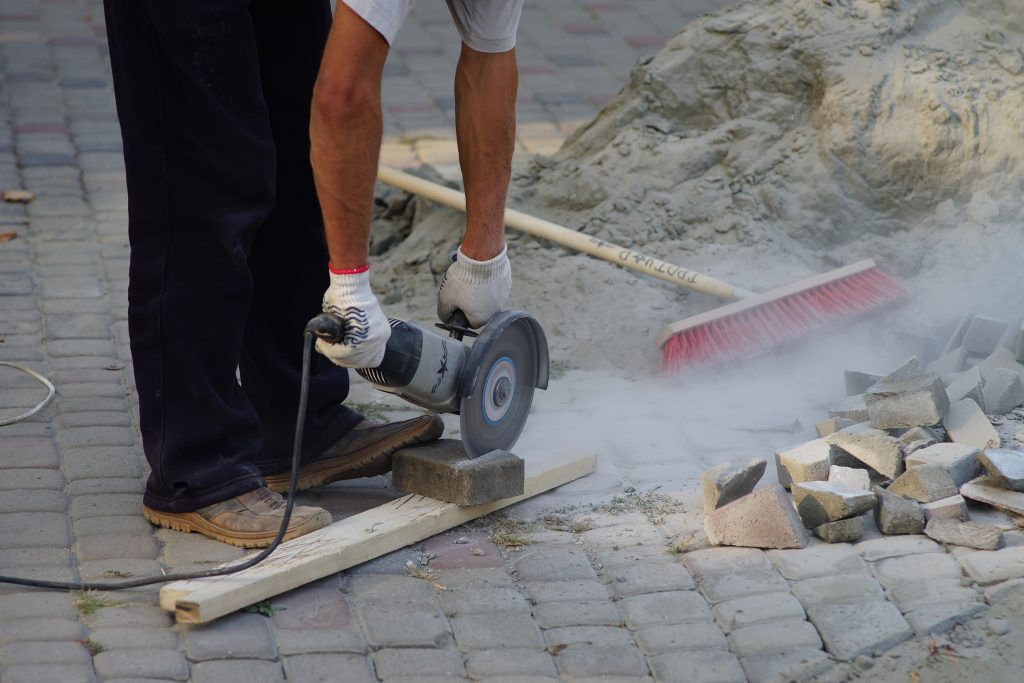
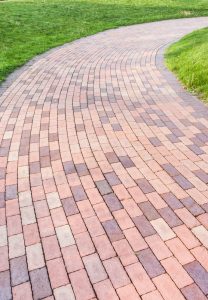 1. Map out the area
1. Map out the area